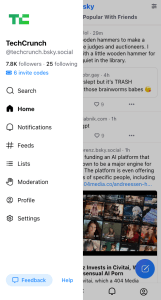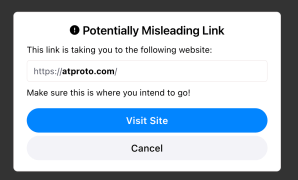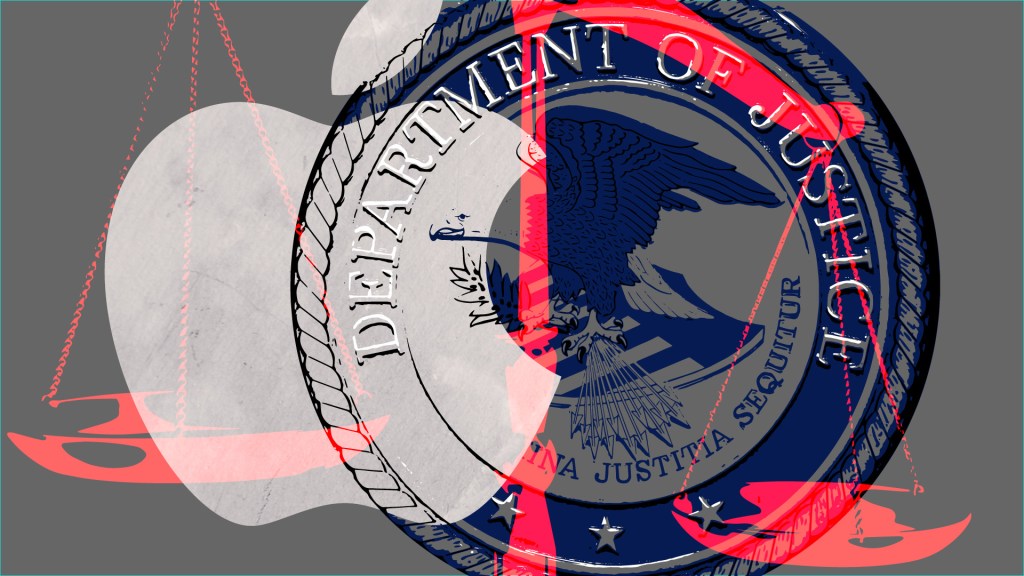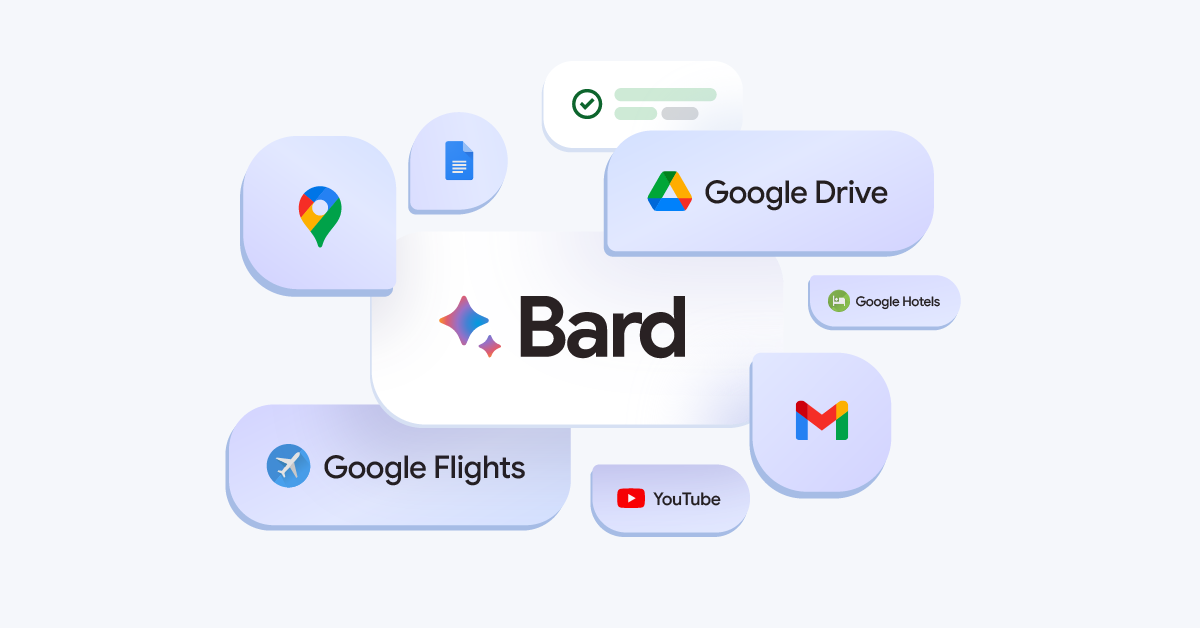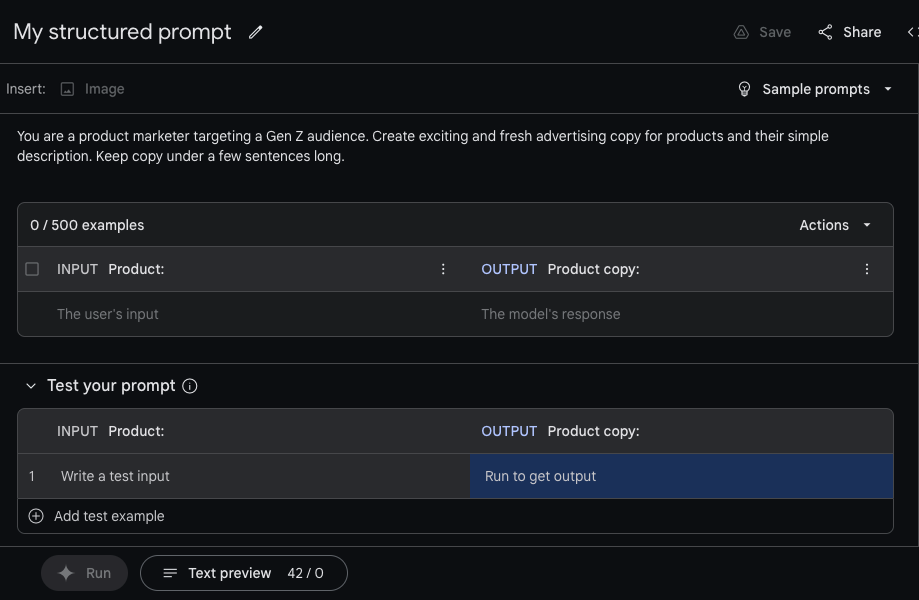
There is good news and just “OK” news.
The good news is that the venture capital market is showing signs of stabilizing. The bad news is that raising a Series A will continue to be difficult for founders, especially as venture firms face liquidity problems, higher interest rates, and pressure from their limited partners to be more cautious in their dealmaking.
In 2020, TechCrunch+ reported that founders should start fundraising when they have at least six months of runway left and that they should budget fundraising to last at least three months, with a one-month prep time to a two- to six-week pitch process with investors.
Today, Jesse Randall, the founder of the platform Sweater Ventures, said founders should start looking to raise a Series A when they have about 12 to 15 months of cash runway left.
“Don’t wait any longer than that,” he told TechCrunch+. “The fundraising cycle, once you start it, takes twice as long and requires three times the conversations.”
Leslie Feinzaig, founder of Graham & Walker, says she primarily invests in pre-seed and seed rounds but tells her founders they should start focusing on their business at least 12 to 18 months before fundraising a Series A. This includes understanding their business model, connecting with the proper investors, and stress testing their readiness. The advice investors gave for a Series A this year shows how little and how much everything has changed in the market: Metrics will always be important, but starting early for this longer journey is key.
“In this market, you have to prep for an A way in advance,” Feinzaig told TechCrunch+, adding that it could be fruitful to do so right after closing a seed round. “Time goes by fast, and in my experience, this catches a lot of founders unaware. Focus on your metrics immediately.”
It’s an investor market out there
This year is set to be much different than last year, Randall said.
He’s expecting the market to swing more in favor of investors, and data is showing that VCs are already back in control: The average dollar amount and valuation accompanying a Series A round has dropped, and it’s taking much longer for founders to raise them. Arjun Kapur, a managing partner at Forecast Labs, said that right now, investors are really looking for a viable path toward profitability, an early indicator of which is strong customer retention.
They want companies that do not “have to rely solely on acquiring new customers from marketing with the promise of improved retention in the future,” he told TechCrunch+. “The bar is raised for all founders, and [product-market fit] continues to be what the market looks to see.”
For example, his firm likes businesses that can reach operating expense leverage and have healthy unit economics. For SaaS or subscription-based companies, the firm is looking for a customer retention rate after 13 months, meaning more than the length of a one-year contract. “It’s a view of how sticky the product is,” he continued.
SaaS remains the most popular type of company for investors, according to the latest Carta report. The data shows that, outside of artificial intelligence, the industries that received the most investor attention last year were SaaS, biotech, healthcare, energy and hardware. In 2022, fintech and consumer were in the top spots but have since entered a slump.
Karlos Bledsoe, a principal at Seae Ventures, said to be cautious of trying to time the markets with your fundraising timelines and that it’s best to raise what the company realistically needs to survive in the long-term.
However, the difficulty in raising in some markets could leave some founders wary, especially people who are nervous about down rounds. Kapur suggested that those who previously raised at a high valuation and who are scared to take on a down round should look to find alternative forms of capital to give their businesses more time to grow into their past valuation.
Companies that are not yet ready for Series A should look at raising a small extension round to help them reach profitability or buy more time. “If your company can keep going indefinitely without additional venture capital, you’ll be in a much stronger position to raise,” Feinzaig said.
Pitch decks
Founders hoping to raise a Series A should also pay close attention to their pitch decks, investors said.
Bledsoe said his firm likes to know who is on a team and how each individual strengthens the company. They also ask why a founder is pitching and how the funds will help build out the next round. Understanding the total addressable market, margin potential, and a business’s understanding of its five-force elements — which include knowing the buying power of a product and competition — are also critical.
“You should have a clear direction for your company with early but strong customer points,” he said. “Pitch the big vision you had at the company’s inception, but add data points and refinement from your initial commercial experiences.”
Pitch Deck Teardown: The perfect pitch deck
Feinzaig tells her founders that a robust spreadsheet can be more impactful than a good-looking deck at Series A. “You want metrics that tell the story of how much a customer is worth and how much it costs you to find them, convert them and serve them,” she said, adding that topline numbers can open a door but won’t get a founder far at this point. “Ideally, you have high-value customers, a go-to-market motion that is repeatable and cost-effective to get more of those high-value customers, and with investments in tech, your margins meaningfully improve over time.”
Decks at this point should have data and metrics from the operations side of the business, but nothing else really matters, Randall said. It’s important to note that in this market, the days of founders raising off potential are long gone. “Business outcomes have to do the talking,” he said. “Not the pitch deck.”
An uneven but optimistic market
General advice on raising is usually more nuanced for women and Black founders, as they face more bias from investors. Last year, funding in the U.S. to all-women teams dropped from 2% to 1.8%, while funding to U.S. Black founders dipped from around 1% to 0.48%. The numbers show that the market downturn has had a deeper impact on these two already marginalized groups, meaning the stakes will be higher for fundraising this year.
“While the benchmarks have moved for founders at every level, the unconscious bias that plagues the industry certainly shifted more against underrepresented groups,” Randall said. When these groups pitch, their presentation needs to be together, clearer and more compelling than their counterparts, he said. “This is by no means a reason for these groups not to go out and fundraise, but rather acknowledge that it’s harder than ever and commit to power[ing] through it.”
Often in times of a downturn, investors tend to retreat back to the comfort of their networks, Bledsoe said. This could have a detrimental impact on the Black founders and women who lack these networks but can also really help those who do. “We have seen some benefit from women and Black founders leaning on their networks to serve as references or make warm intros to new investors rather than, or at least in addition to, cold outreach,” he said.
Overall, though, investors are excited about the early-stage markets, even as uncertainty continues to loom. Feinzaig said this year would see “amazing vintage,” while Kapur and Bledsoe said they remained bullish on early-stage innovation and investments in the space.
Randall, who was once a founder himself, expects founders to continue feeling a shock as the market shifts in favor of investors. After all, the year just started, and more changes are bound to happen. “I expect a lot of founders to fight this shift,” he said. “Just don’t fight so hard that you paint yourself into a corner of desperation.”


